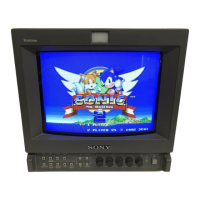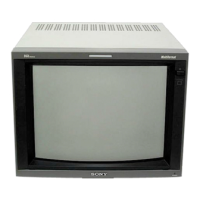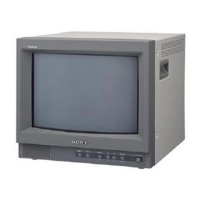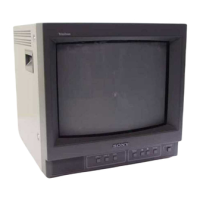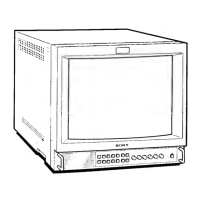SAFETY CHECK-OUT
PVM-12710\
After correcting
the original
service problem,
perform the following safety checks before
releasing
the set
to
the customer:
1
.
Check
the
area of your repair for unsoldered
or
poorly-soldered
connections. Check
the entire
board
surface for solder splashes and bridges.
2.
Check the interboard
wiring
to ensure that no
wires are “pinched”
or contact
high-wattage
resistors.
3.
Check that all control knobs,
shields,
covers,
ground straps, and
mounting hardware
have
been replaced.
Be absolutely certain
that you
have replaced all the
insulators.
4.
Look for
unauthorized replacement
parts, par-
ticularly transistors, that
were installed during
a
previous repair. Point them out to
the customer
and
recommend their replacement.
5. Look
for
parts which, though functioning,
show
obvious
signs
of
deterioration. Point them out
to the customer
and
recommend their replace-
ment.
6. Check the line
cord for
cracks and abrasion.
Recommend the replacement
of any
such line
cord to the customer.
7. Check the
condition of the monopole
antenna
(if any).
Make sure the end
is not
broken off,
and has
the plastic
cap on it. Point
out
the
danger of
impalement on
a
broken antenna to the
customer,
and recommend
the
antenna’s
replacement.
8.
Check the
B+ and HV to see they
are
at
the
values
specified. Make sure your
instruments
are
accurate; be suspicious of your HV
meter
if
sets always have
low HV.
9.
Check
the
antenna
terminals, metal trim,
“metallized”
knobs,
screws, and
all
other
exposed metal
parts
for
AC
leakage. Check
leakage
as described below.
To Exposed Meta!
Parts
on Set
0.1
5
pF
AC
voltmeter
10.75
V)
Earth
Ground
\Fig.
A. Using
an AC voltmeter to
check AC
leakage.
LEAKAGE
TEST
The
AC
leakage
from any exposed
metal
part
to
earth ground
and from all exposed
metal parts
to
any
exposed metal
part having
a
return
to chassis,
must
not exceed 0.5 mA
(500
microampers).
Leakage
current can be
measured
by
any one of three
methods.
1 . A commercial leakage tester,
such as
the
Simpson
229
or RCA WT-540A.
Follow the
manufacturers’ instructions
to use these
instru-
ments.
2. A battery-operated
AC
milliammeter.
The Data
Precision
245 digital multimeter
is suitable
for
this
job.
3. Measuring
the voltage drop
across
a resistor
by
means
of a
VOM
or battery-operated
AC'volt-
meter.
The
“limit” indication
is 0.75
V, so
analog meters
must have
an accurate
low-
voltage
scale. The
Simpson
250 and Sanwa
SH-63Trd are
examples of
a
passive
VOM
that
is suitable.
Nearly
all battery operated
digital
multimeters
that have
a 2V
AC range are
suitable. (See Fig.
A)
HOW
TO FIND
A
GOOD
EARTH
GROUND
A cold-water
pipe is guaranteed
earth
ground; the
cover-plate
retaining
screw on
most
AC outlet
boxes
is
also
at earth
ground.
If the retaining
screw
is to be
used
as your
earth-^ound,
verify
that it
is at ground
by measuring
the resistance
between
it and
a cold-
water pipe
with
an ohmmeter.
The reading
should be
zero
ohms. If
a cold-water
pipe
is not
accessible,
connect
a 60—100
watts
trouble light
(not a
neon
lamp) between
the
hot
side
of
the
receptacle
and the
retaining
screw.
Try
both slots, if necessary,
to locate
the hot
side of
the
line, the
lamp should
light at
normal
brilliance
if
the screw
is at ground
potential.
(See
Fig.
B)
-3
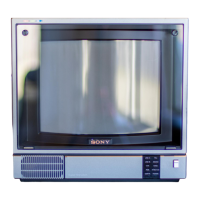
